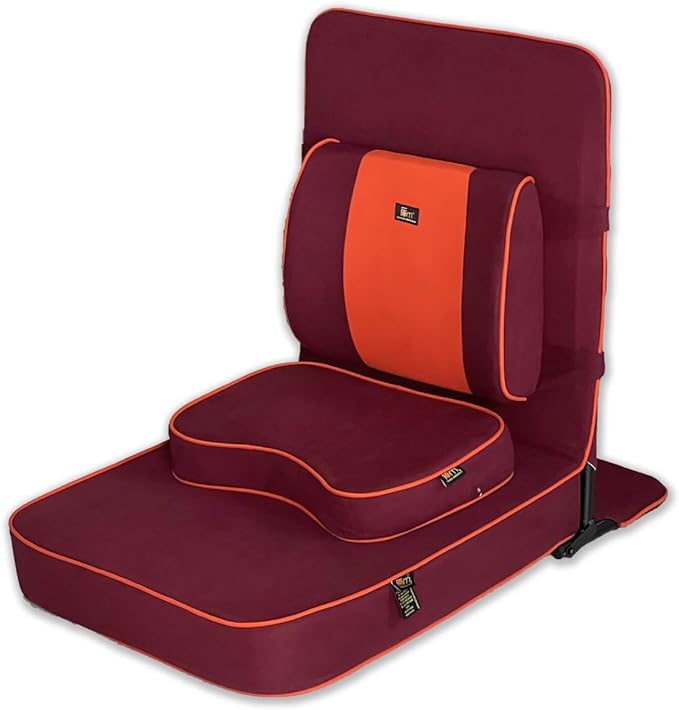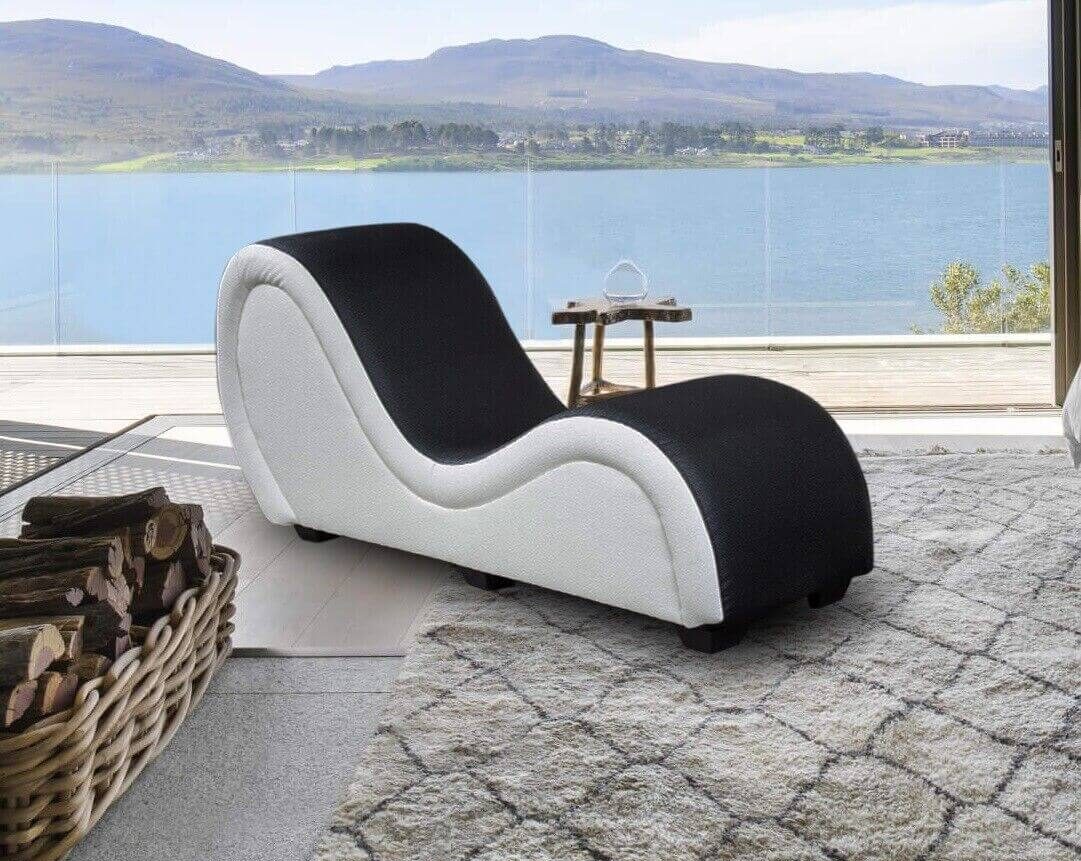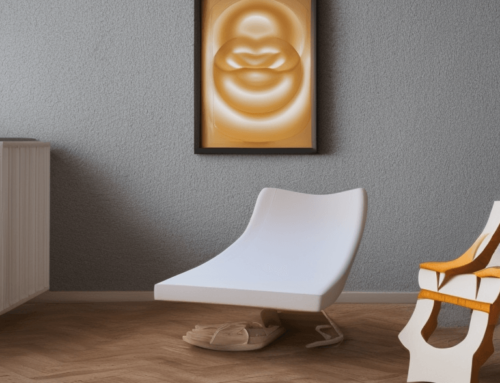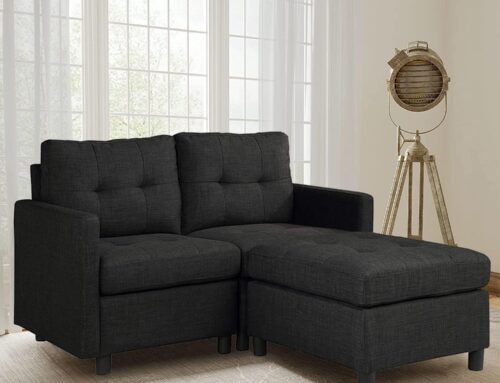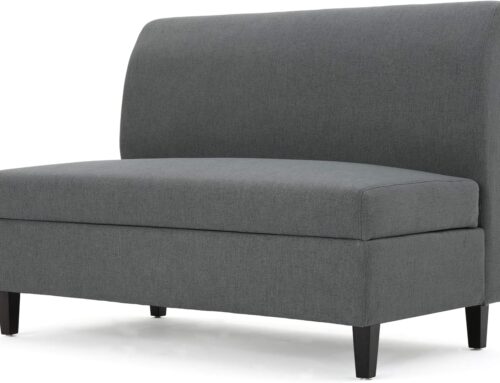Yoga is a holistic practice that encompasses the union of mind, body, and spirit. While many yoga poses and asanas can be performed with nothing more than a yoga mat, the use of props like the yoga chair has gained popularity in recent years. Yoga chairs, designed to aid practitioners in various poses, offer numerous benefits. In this article, we’ll explore different types of yoga chairs, how they are used, their advantages, and any potential disadvantages.
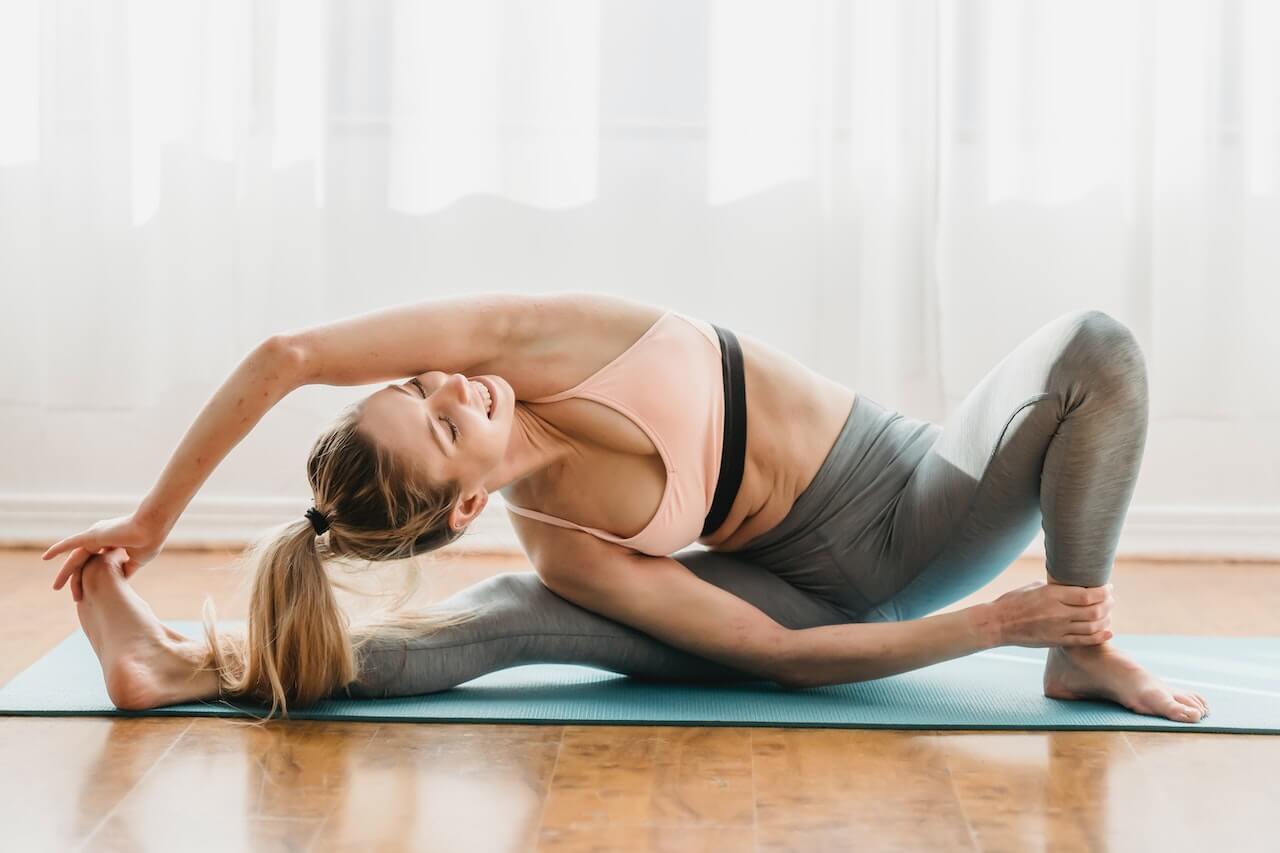
Types of Yoga Chairs
- Iyengar Yoga Chair: Iyengar yoga, a precise and alignment-based practice, often utilizes a specific type of yoga chair. These chairs are typically wooden, with a backrest, and are used to facilitate poses requiring extended reach or support, such as inversions and chest openers.
- Wheel Yoga Chair: The wheel yoga chair, often made of metal or plastic, is designed in a circular shape resembling a yoga wheel. It assists in deepening stretches and backbends, enhancing balance, and allowing for a range of movements. This chair is particularly useful for improving flexibility.
- Foldable Yoga Chair: Foldable yoga chairs are portable and versatile. They can be easily adjusted and are perfect for practitioners who want to incorporate yoga chair poses into their practice. These chairs often come with removable backrests for added adaptability.
How Yoga Chairs Are Used
Yoga chairs are employed in a variety of yoga styles to enhance practice in several ways:
- Support and Alignment: Yoga chairs provide support to beginners or those with limited flexibility, helping them achieve proper alignment in poses that might otherwise be challenging.
- Deepening Stretches: By using a yoga chair, practitioners can deepen stretches and extend their range of motion safely, allowing for more effective muscle engagement.
- Balance and Stability: Certain poses, such as handstands and forearm stands, become more accessible with the aid of a yoga chair, promoting improved balance and stability.
- Restorative Yoga: Yoga chairs are frequently used in restorative yoga, where they facilitate gentle, long-held poses that aid in relaxation and stress reduction.
Advantages of Using Yoga Chairs
- Improved Flexibility: Utilizing yoga chairs enhances flexibility, facilitating the execution of complex yoga poses for practitioners.
- Better Posture and Alignment: Yoga chairs encourage correct posture and alignment, minimizing injury risks and enabling a deeper engagement with each pose.
- Universal Accessibility: With the help of yoga chairs, yoga becomes accessible to individuals across all age groups and skill levels, including those with physical challenges.
- Muscle Strengthening: The employment of yoga chairs in practice aids in the fortification of specific muscle groups, contributing to an increase in overall bodily strength.
- Healing and Recovery: Yoga chairs serve therapeutic purposes, assisting in the recovery from injuries and the improvement of posture.
Disadvantages of Yoga Chairs
- Cost: Quality yoga chairs can be relatively expensive, which may deter some practitioners from investing in one.
- Space Requirements: Yoga chairs can be bulky and may require additional storage space, which could be an issue for those with limited space.
- Limited Portability: Some yoga chairs are not easily portable, making them less suitable for those who travel frequently.
Yoga chairs are valuable tools that enhance the yoga experience, offering support, stability, and increased flexibility. Whether you’re a beginner looking to build strength or an advanced practitioner seeking to deepen your practice, yoga chairs can be a valuable addition to your yoga routine. While they come with a few disadvantages, the benefits they provide make them a worthwhile investment for many yoga enthusiasts. Incorporating a yoga chair into your practice can open up new possibilities and help you unlock the full potential of your yoga journey.

